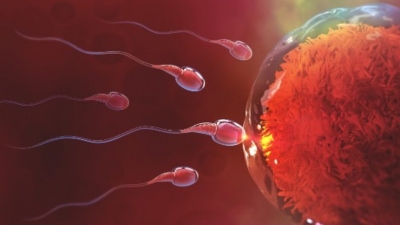
Each sperm cell has a head made up of genetic material and a tail that enables speedy swimming. Up to 300 million sperm can be released at one time, and they compete to be first to fertilize the female egg.
Inside a woman’s fallopian tube, her egg is surrounded by perm, but only one will gain entry to the egg. As the winning sperm pushes through the outer case of the egg, a chemical reaction shuts out all the other sperm. The successful sperm then fuses with the nucleus of the egg, and fertilization is complete. An embryo is formed, which will eventually develop into a baby.
The term “gestational age” basically means how far along into a pregnancy you are. Gestational age is counted by starting with the first day of your last menstrual period (called LMP).
Gestational age can be kind of confusing, since it measures pregnancy from your last period — about 3-4 weeks BEFORE you’re actually pregnant. Common knowledge about pregnancy says it lasts 9 months, and it’s true that you’re usually pregnant for about 9 months. But the way pregnancy is measured makes it a little longer. A typical full-term pregnancy ranges from 38-42 weeks LMP — around 10 months.
Picture Credit : Google

